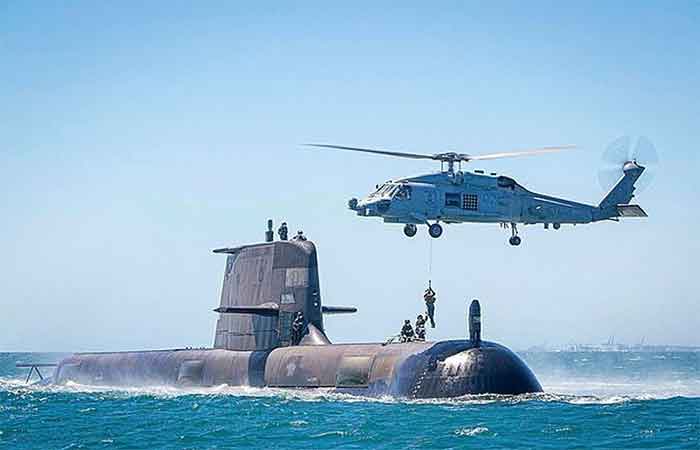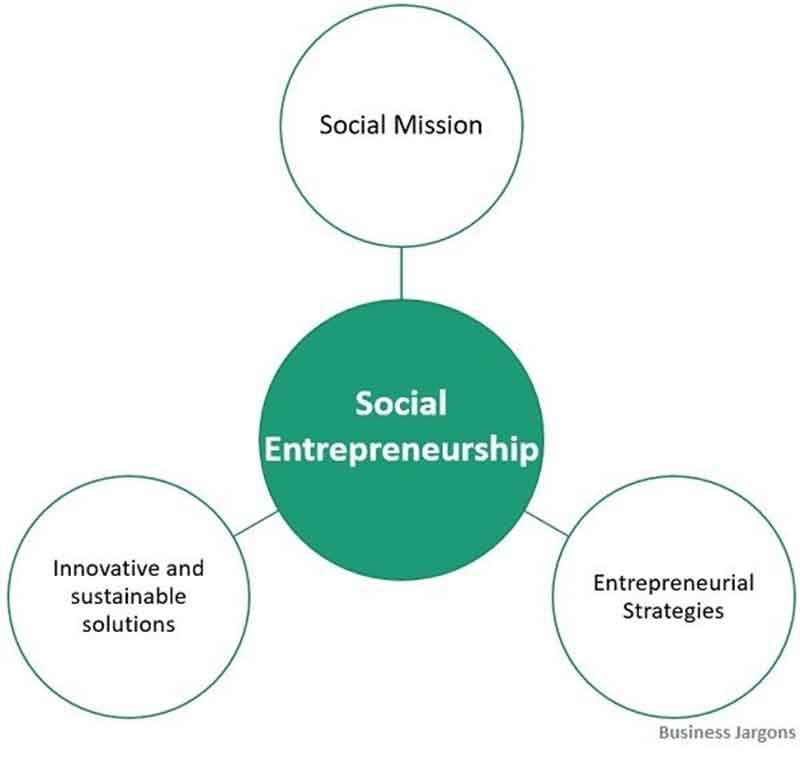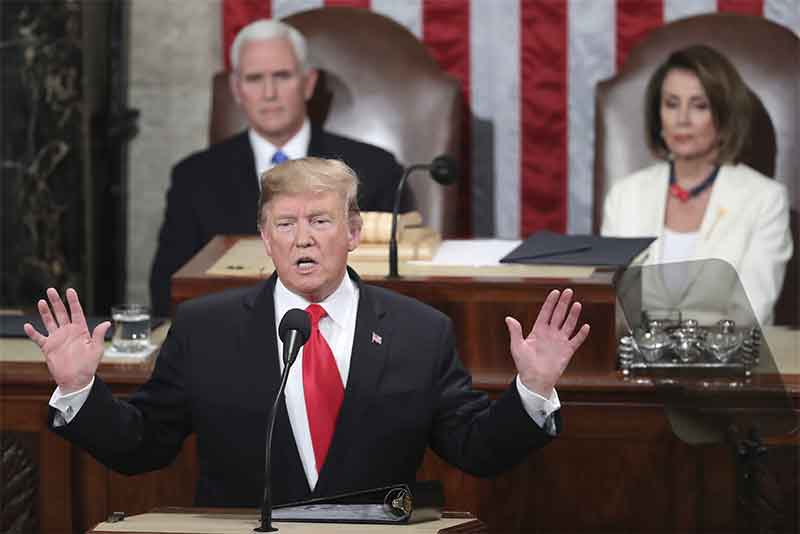
While the world has been distracted, even amused, by the diplomatic tussle around China’s recent high-altitude balloon flights across North America, there are signs that Beijing and Washington are preparing for something so much more serious: armed conflict over Taiwan. Reviewing recent developments in the Asia-Pacific region raises a tried-and-true historical lesson that bears repeating at this dangerous moment in history: when nations prepare for war, they are far more likely to go to war.
In The Guns of August, her magisterial account of another conflict nobody wanted, Barbara Tuchman attributed the start of World War I in 1914 to French and German plans already in place. “Appalled upon the brink,” she wrote, “the chiefs of state who would be ultimately responsible for their country’s fate attempted to back away, but the pull of military schedules dragged them forward.” In a similar fashion, Beijing and Washington have been making military, diplomatic, and semi-secretive moves that could drag us into a calamitous conflict that, once again, nobody wants.
At the apex of power, national leaders in Beijing and Washington have staked out starkly contrasting positions on Taiwan’s future. For nearly a year now, President Joe Biden has been trying to resolve the underlying ambiguity in previous U.S. policy toward that island by stating repeatedly that he would indeed defend it from any mainland attack. In May of last year, in response to a reporter’s question about a possible Chinese invasion of Taiwan, he said, “Yes,” the U.S. would intervene militarily. He then added: “We agree with the One China policy. We signed on to it and all the attendant agreements made from there, but the idea that it can be taken by force, just taken by force, is [just not] appropriate.”
As Biden acknowledged, by extending diplomatic recognition to Beijing in 1979, Washington had indeed accepted China’s future sovereignty over Taiwan. For the next 40 years, presidents from both parties made public statements opposing Taiwan’s independence. In effect, they conceded that the island was a Chinese province and its fate a domestic matter (even if they opposed the People’s Republic doing anything about it in the immediate future).
Nonetheless, Biden has persisted in his aggressive rhetoric. He told CBS News last September, for instance, that he would indeed send U.S. troops to defend Taiwan “if, in fact, there was an unprecedented attack.” Then, in a significant break with longstanding U.S. policy, he added: “Taiwan makes their own judgments about their independence… That’s their decision.”
Within weeks, at a Communist Party Congress, Chinese President Xi Jinping responded with a strong personal commitment to the unification of Taiwan — by force if necessary. “We insist on striving for the prospect of peaceful reunification,” he said, “but we will never promise to give up the use of force and reserve the option to take all necessary measures.”
After a long burst of applause from the 2,000 party officials massed in Beijing’s Great Hall of the People, he then invoked the inevitability of Marxian dialectical forces that would insure the victory he was promising. “The historical wheels of national reunification and national rejuvenation are rolling forward,” he said, “and the complete reunification of the motherland must be achieved.”
As the political philosopher Hannah Arendt once reminded us, a sense of historical inevitability is a dangerous ideological trigger that can plunge authoritarian states like China into otherwise unthinkable wars or unimaginable mass slaughter.
War Preparations Move Down the Chain of Command
Not surprisingly, the forceful statements of Biden and Xi have been working their way down the chain of command in both countries. In January, a four-star U.S. Air Force general, Mike Minihan, sent a formal memo to his massive Air Mobility Command of 500 aircraft and 50,000 troops, ordering them to ramp up their training for war with China. “My gut tells me,” he concluded, that “we will fight in 2025.” Instead of repudiating the general’s statement, a Pentagon spokesman simply added, “The National Defense Strategy makes clear that China is the pacing challenge for the Department of Defense.”
Nor is General Minihan even the first senior officer to have made such foreboding statements. As early as March 2021, the head of the Indo-Pacific Command, Admiral Philip Davidson, warned Congress that China was planning to invade the island by 2027: “Taiwan is clearly one of their ambitions… And I think the threat is manifest during this decade, in fact, in the next six years.”
Unlike their American opposites, China’s service chiefs have been publicly silent on the subject, but their aircraft have been eloquent indeed. After President Biden signed a defense appropriation bill last December with $10 billion in military aid for Taiwan, an unprecedented armada of 71 Chinese aircraft and many more military drones swarmed that island’s air defenses in a single 24-hour period.
As such tit-for-tat escalation only increases, Washington has matched China’s aggression with major diplomatic and military initiatives. Indeed, the assistant defense secretary for the Indo-Pacific, Ely Ratner, has promised, ominously enough, that “2023 is likely to stand as the most transformative year in U.S. force posture in the region in a generation.”
During a recent tour of Asian allies, Secretary of Defense Lloyd Austin claimed some significant strategic gains. On a stopover in Seoul, he and his South Korean counterpart announced that the U.S. would deploy aircraft carriers and additional jets for expanded live-fire exercises — a distinctly escalatory move after the curtailment of such joint operations during the Trump years.
Moving on to Manila, Austin revealed that the Philippines had just granted U.S. troops access to four more military bases, several facing Taiwan across a narrow strait. These were needed, he said, because “the People’s Republic of China continues to advance its illegitimate claims” in the South China Sea.
China’s Foreign Ministry seemed stung by the news. After a successful diplomatic courtship of the previous Philippine president, Rodrigo Duterte, that had checked U.S. influence while accepting the Chinese occupation of islands in Philippine waters, Beijing could now do little more than condemn Washington’s access to those bases for “endangering regional peace and stability.” Although some Filipino nationalists objected that an American presence might invite a nuclear attack, according to reliable polling, 84% of Filipinos felt that their country should cooperate with the United States to defend their territorial waters from China.
Both of those announcements were dividends from months of diplomacy and down payments on major military deployments to come. The annual U.S. “defense” bill for 2023 is funding the construction of military installations across the Pacific. And even as Japan is doubling its defense budget, in part to protect its southern Islands from China, U.S. Marines in Okinawa plan to trade their tanks and heavy artillery for agile drones and shoulder-fired missiles as they form “littoral regiments” capable of rapid deployment to the smallest of islands in the region.
Secret Strategies
In contrast to those public statements, semi-secret strategies on both sides of the Pacific have generally escaped much notice. If the U.S. military commitment to Taiwan remains at least somewhat ambiguous, this country’s economic dependence on that island’s computer-chip production is almost absolute. As the epicenter of a global supply chain, Taiwan manufactures 90% of the world’s advanced chips and 65% of all semiconductors. (In comparison, China’s share of chips is 5% and the U.S. slice only 10%.) As the world’s top producer of the most critical component in everything from consumer cell phones to military missiles, the Taiwan Semiconductor Manufacturing Company (TSMC) is the leading innovator, supplying Apple and other U.S. tech firms.
Now, American officials are moving to change that. Having overseen the breaking of ground for a $12 billion TSMC chip-production factory in Phoenix in 2020, only two years later, Arizona’s governor announced that “TSMC has completed construction of its main facility.” Last August, just before President Biden signed the $52 billion CHIPS and Science Act, Secretary of Commerce Gina Raimondo insisted that “our dependence on Taiwan for chips is untenable and unsafe.”
Only three months later, TSMC reached for a large slice of those federal funds by investing $28 billion in a second Phoenix factory that, when opened in 2026, will produce what the New York Times has called “more advanced — though not the most advanced — chip-making technology.” At a ceremony featuring President Biden last December, Apple’s CEO Tim Cook proclaimed, “This is an incredibly significant moment.”
That might be true, but the focus on Phoenix obscured equally significant chip factory projects being put in place by Samsung in Texas, Intel in Ohio, and Micron Technology in New York. Add it all up and the U.S. is already about halfway to the “minimum of three years and a $350 billion investment… to replace the Taiwanese [chip] foundries,” according to the Semiconductor Industry Association.
In other words, if Beijing did decide to invade Taiwan after 2026, TSMC’s intellectual capital, in the form of its top computer scientists, would undoubtedly be on outbound flights for Phoenix, leaving little more than a few concrete shells and some sabotaged equipment behind. The global supply chain for silicon chips involving Dutch machines (for extreme ultraviolet lithography), American designs, and Taiwanese production would probably continue without much of a hitch in the United States, Japan, and Europe, leaving the People’s Republic of China with little more than its minimalist 5% of the world’s $570 billion semiconductor industry.
China’s secret calculus over an invasion of Taiwan is undoubtedly more complex. In mid-February at Munich, Secretary of State Antony Blinken charged that Beijing was considering giving Moscow “lethal support” for its war in Ukraine, adding that “we’ve made very clear to them that that would cause a serious problem for… our relationship.”
But China is faced with a far more difficult choice than Blinken’s blithe rhetoric suggests. From its impressive arsenal, Beijing could readily supply Moscow with enough of its Hong Niao cruise missiles to destroy most of Ukraine’s armored vehicles (with plenty left over to demolish Kyiv’s faltering electrical infrastructure).
Bleeding NATO in that way would, however, pay limited dividends for any possible future Chinese plans vis-a-vis Taiwan. In contrast, the types of ground-warfare armaments Washington and its allies continue to pour into Ukraine would do little to strain the U.S. naval capacity in the Western Pacific.
Moreover, the diplomatic and economic price Beijing would pay for a significant involvement in the Ukraine War might well prove prohibitive. As the world’s largest consumer of imported cheap oil and wheat, which Russia exports in abundance, China needs a humbled Putin, desperate for markets and compliant with its designs for greater dominion over Eurasia. A triumphant Putin, bending the will of timorous states in Eastern Europe and Central Asia while negotiating ever-tougher deals for his exports, is hardly in Beijing’s interest.
Ignoring the existential threat Putin’s war poses for the European Union would also cost Beijing decades of diplomacy and billions in infrastructure funds already invested to knit all of Eurasia, from the North Sea to the South China Sea, into an integrated economy. In addition, siding with a distinctly secondary power that has blatantly violated the core principle of the international order — which bars the acquisition of territory by armed conquest — is hardly likely to advance Beijing’s sustained bid for global leadership.
Vladimir Putin might indeed try to equate China’s claim to a breakaway province in Taiwan with his own bid for former Soviet territory in Ukraine, but the analogy is anathema to Beijing. “Taiwan is not Ukraine,” the Chinese Foreign Ministry announced last year, the day before Putin invaded Ukraine. “Taiwan has always been an inalienable part of China. This is an indisputable legal and historical fact.”
The Costs of War
With both Beijing and Washington contemplating a possible future war over Taiwan, it’s important (especially in light of Ukraine) to consider the likely costs of such a conflict. In November 2021, the venerable Reuters News Agency compiled a series of credible scenarios for a China-U.S. war over Taiwan. If the United States decided to fight for the island, said Reuters, “there is no guarantee it would defeat an increasingly powerful PLA [People’s Liberation Army].”
In its least violent scenario, Reuters speculated that Beijing could use its navy to impose a “customs quarantine” around Taiwan, while announcing an Air Defense Identification Zone over the island and warning the world not to violate its sovereignty. Then, to tighten the noose, it could move to a full blockade, laying mines at major ports and cutting underwater cables. Should Washington decide to intervene, its submarines would undoubtedly sink numerous PLA warships, while its surface vessels could launch aircraft and missiles as well. But China’s powerful air-defense system would undoubtedly fire thousands of its own missiles, inflicting “heavy losses” on the U.S. Navy. Rather than attempting a difficult amphibious invasion, Beijing might complete this staged escalation with saturation missile attacks on Taiwan’s cities until its leaders capitulated.
In the Reuters scenario for all-out war, Beijing decides “to mount the biggest and most complex amphibious and airborne landing ever attempted,” seeking to “overwhelm the island before the United States and its allies can respond.” To hold off a U.S. counterattack, the PLA might fire missiles at American bases in Japan and Guam. While Taiwan launched jets and missiles to deter the invasion fleet, U.S. carrier battle groups would steam toward the island and, “within hours, a major war [would be] raging in East Asia.”
In August 2022, the Brookings Institution released more precise estimates of likely losses from various scenarios in such a war. Although China’s “recent and dramatic military modernizations have sharply reduced America’s ability to defend the island,” the complexities of such a clash, wrote the Brookings analyst, make “the outcome… inherently unknowable.” Only one thing would be certain: the losses on both sides (including in Taiwan itself) would be devastating.
In Brookings’ first scenario involving “a maritime fight centered on submarines,” Beijing would impose a blockade and Washington would respond with naval convoys to sustain the island. If the United States were to knock out Beijing’s communications, the U.S. Navy would lose just 12 warships, while sinking all 60 of China’s subs. If, by contrast, China maintained its communications, it could possibly sink 100 vessels, mostly U.S. warships, while losing only 29 subs.
In Brookings’ second scenario for “a broader subregional war,” both sides would use jets and missiles in a struggle that would engulf southeastern China, Taiwan, and U.S. bases in Japan, Okinawa, and Guam. If China’s attacks proved successful, it might destroy 40 to 80 U.S. and Taiwanese warships at a cost of some 400 Chinese aircraft. If the U.S. got the upper hand, it could destroy “much of China’s military in southeastern China,” while shooting down more than 400 PLA aircraft, even as it suffered heavy losses of its own jets.
By focusing largely on military losses, which are chilling enough, both studies grossly underestimate the real costs and potential devastation to Taiwan and much of East Asia. My own instinct tells me that, should China impose a customs blockade on the island, Washington would blink hard at the thought of losing hundreds of aircraft and dozens of warships, including an aircraft carrier or two, and retreat to its longstanding policy of regarding Taiwan as China’s territory. If the U.S. did challenge that customs interdiction zone, however, it would have to attack the Chinese blockade and might, in the eyes of much of the world, become the aggressor — a real disincentive from Washington’s point of view.
Should China launch an all-out invasion, however, Taiwan would likely succumb within a few days once its air force of just 470 combat aircraft was overwhelmed by the PLA’s 2,900 jet fighters, 2,100 supersonic missiles, and its massive navy, now the world’s largest. Reflecting China’s clear strategic advantage of simple proximity to Taiwan, the island’s occupation might well be a fait accompli before the U.S. Navy ships could arrive from Japan and Hawaii in sufficient numbers to challenge the massive Chinese armada.
If Beijing and Washington somehow let the pull of policy and planning drag them into such an ever-widening war, however, the damage could still prove incalculable — with cities devastated, untold thousands dead, and the global economy, with its epicenter in Asia, left in ruins. Let us only hope that today’s leaders in both Washington and Beijing prove more restrained than did their counterparts in Berlin and Paris in August 1914 when plans for victory unleashed a war that would leave 20 million dead in its wake.














































